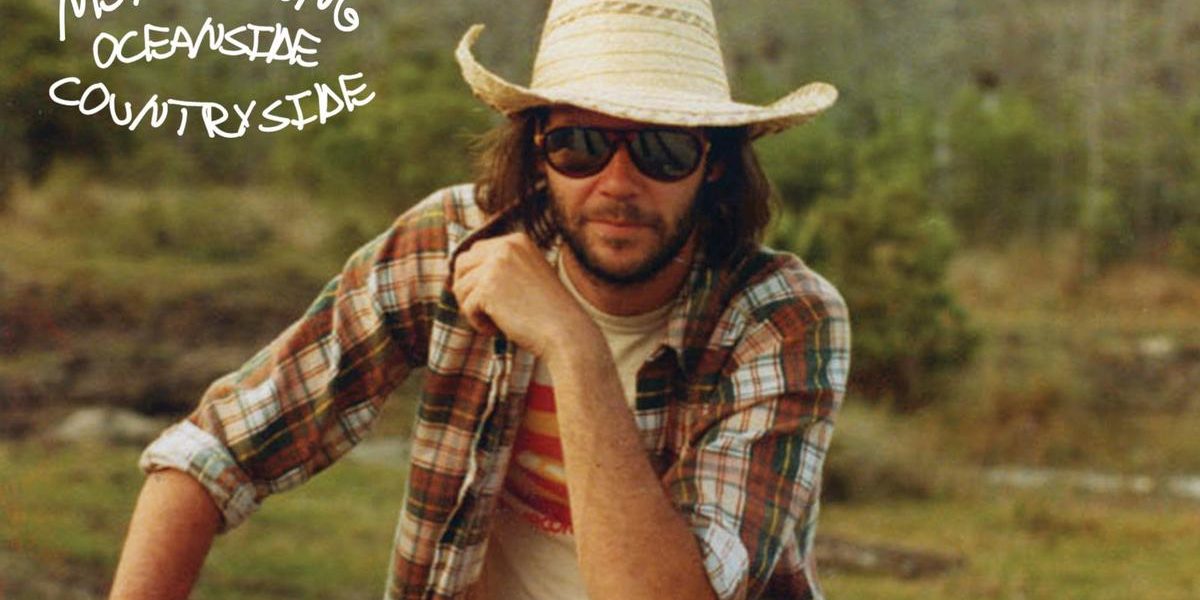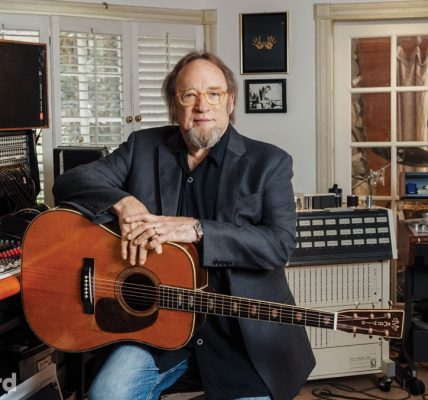In the spring of 1977, shortly after the acclaimed release of American Stars ‘n Bars, which featured a blend of newly recorded material and tracks dating back to 1974, Neil Young embarked on creating songs for his upcoming album. Despite the fact that at least three other albums had been recorded but ultimately shelved in the preceding two years, Young was in full creative mode. He collaborated with a talented ensemble of musicians, including familiar faces like Ben Keith and Levon Helm, demonstrating his commitment to producing impactful music.
The resulting album, Oceanside Countryside, along with several others from that era, such as Homegrown, Hitchhiker, and Chrome Dreams, was destined to remain unreleased for over four decades. Similar to those lost ’70s recordings, the once “forgotten” Oceanside Countryside has now found its place in the Neil Young Archives, making its debut as part of the Analog Original Series, which highlights the raw and true essence of his creative journey.
The music on Oceanside Countryside is recognizable; many of the ten tracks later saw new life in re-recorded versions on albums like Rust Never Sleeps, Hawks & Doves, and Comes a Time. The latter, released in 1978, effectively replaced Oceanside Countryside in Young’s official discography. More recently, this album was included in the expansive 2024 release of Archives Vol. III (1976-1987), albeit with different renditions and a modified track order. This marks a significant moment as it is the first occasion where the album is being presented in its original form as envisioned in 1977.
DISCOVER MORE: 2025 Album Reviews
While Oceanside Countryside may not be as groundbreaking as other previously shelved records from that time, it provides valuable insights into songs like the opening track “Sail Away,” which later appeared on Rust Never Sleeps. Additionally, “Field of Opportunity” is presented without the backing vocals of Nicolette Larson, which were later added for Comes a Time. The track “Dance Dance Dance” was initially recorded in 1969 with Crazy Horse for an unreleased project before they featured a version on their 1971 debut. Notably, Young later adapted the melody of “Dance Dance Dance” for “Love Is a Rose,” which was originally intended for Homegrown in 1974.
In a format reminiscent of the 1979 release Rust Never Sleeps, Oceanside Countryside features two distinct sides. The first side showcases Young solely accompanying himself on guitar, creating an intimate listening experience. The second side introduces a talented group of musicians playing instruments like pedal steel, fiddle, dobro, and saw, crafting music that evokes the spirit of Young’s 1972 Harvest, a country-rock classic. Notably, Oceanside Countryside shares three songs with Comes a Time, which included earlier tracks from 1976, heralding Young’s return to country music and underwent substantial overdubbing before its late 1978 release. While Comes a Time is well-regarded, Oceanside Countryside delivers a more authentic representation of Young’s artistry during that pivotal period.
Explore the Rankings of Neil Young’s Albums
Neil Young stands as one of rock’s most brilliant, enigmatic, and defiant artists, whose work continues to captivate audiences globally.
Gallery Credit: Michael Gallucci






